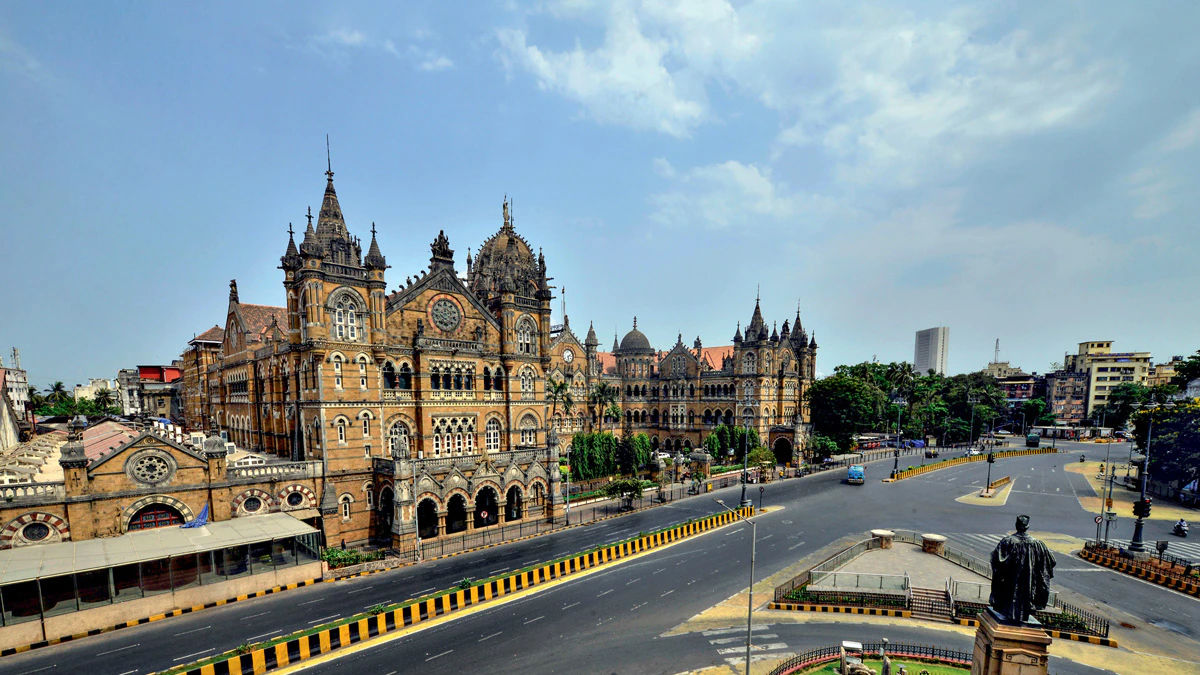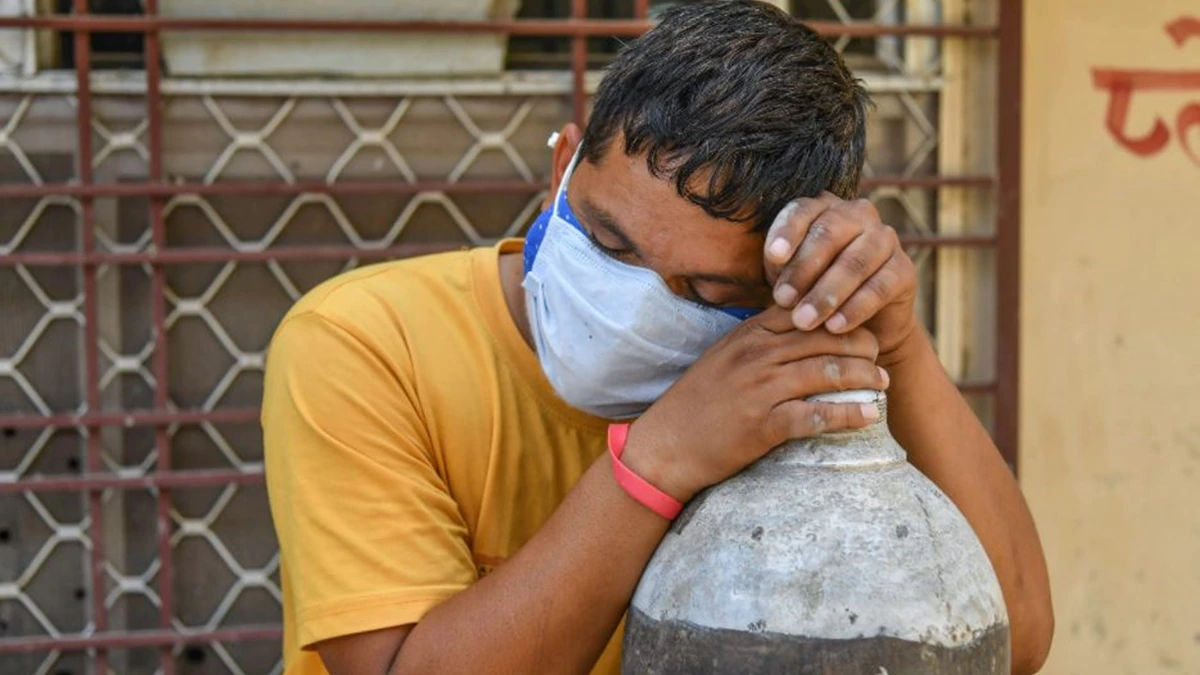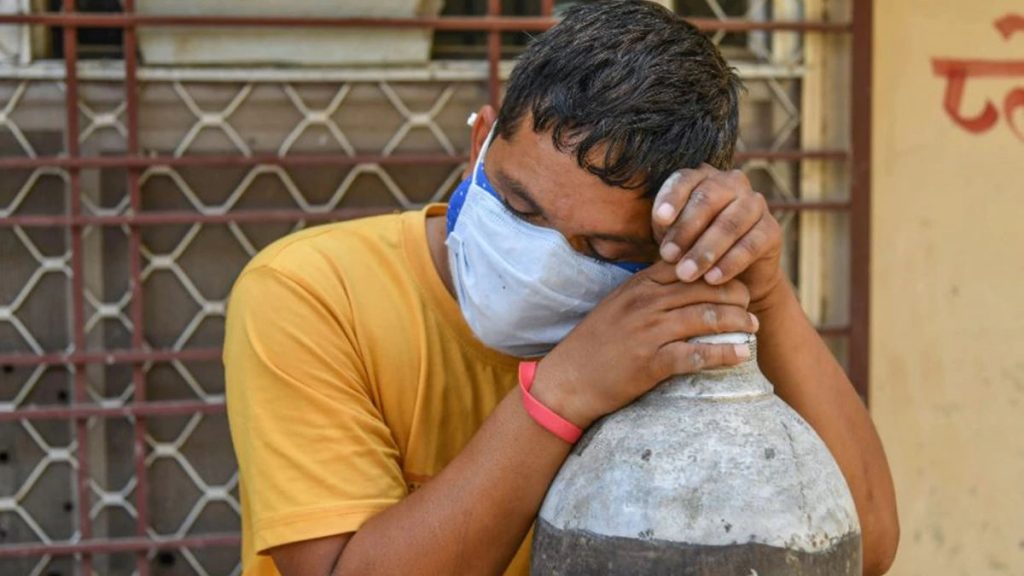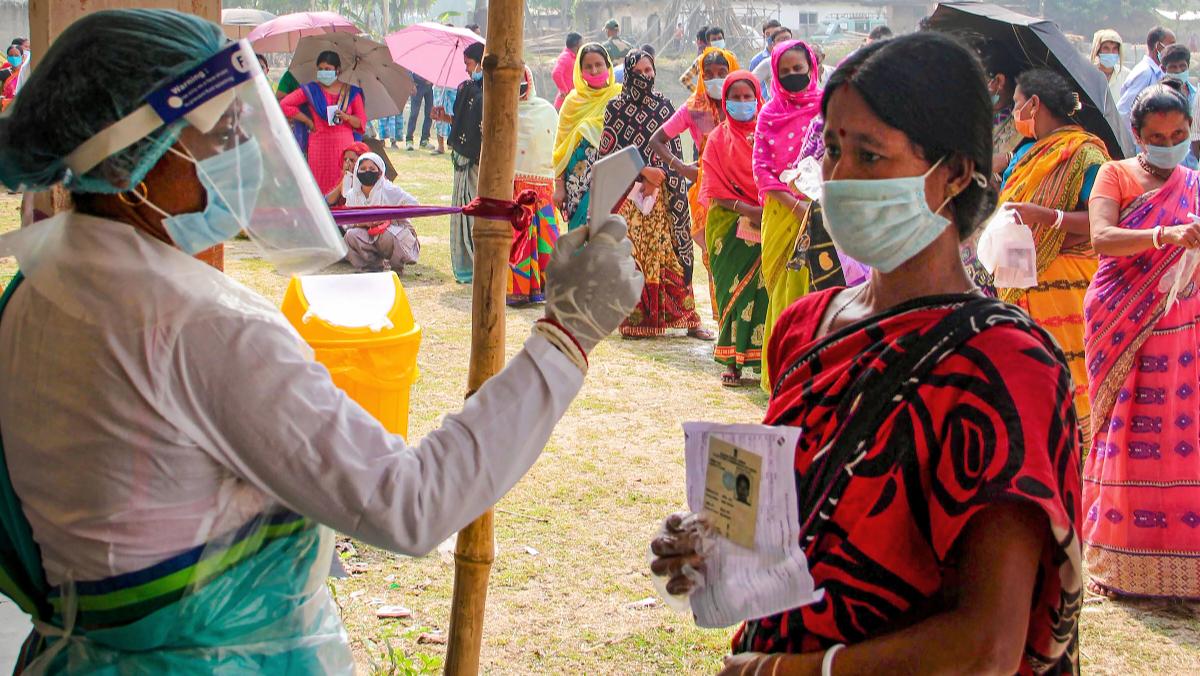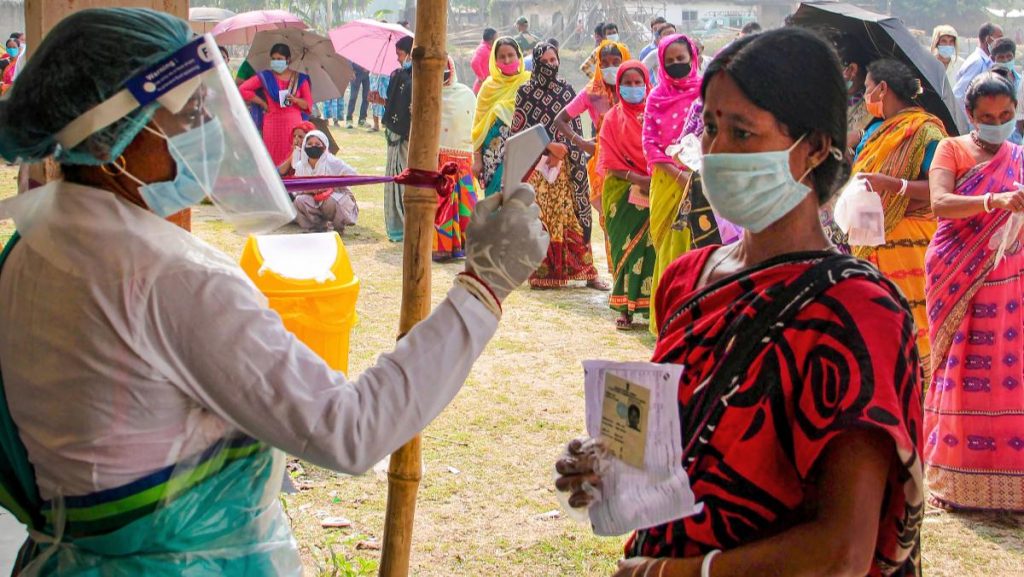Covid second wave: The cost of lockdowns. The curfews, lockdowns and voluntary shutdowns of factories have already triggered a fresh exodus of migrant workers from the big industrial centres
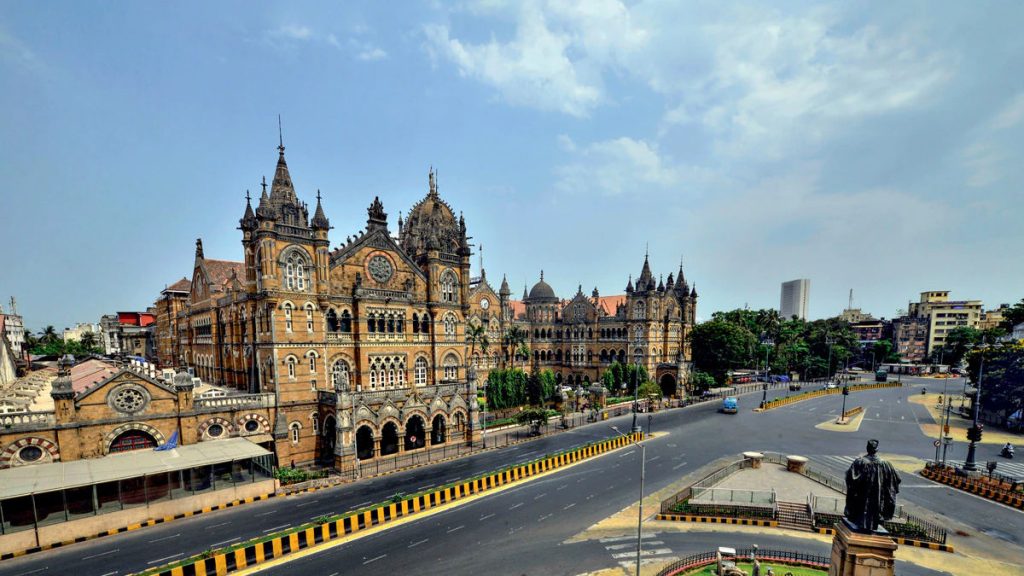
In his address to the nation on April 20, Prime Minister Narendra Modi urged states to think of lockdowns as a means of last resort. Within a week, though, faced with a runaway spiral in Covid cases, Maharashtra, Delhi, Gujarat and Karnataka were forced to do just that, while Punjab, Chhattisgarh, Rajasthan and Haryana had to impose night and weekend curfews.
Already reeling from the after-effects of the nationwide lockdown last year, Maharashtra was forced to announce an extension of its calibrated lockdown till May 15. It’s the largest state in terms of GSDP (gross state domestic product) and contributes 14.2 per cent of the national GVA (gross value added). In FY21, the state’s economy contracted 8 per cent in real terms and 5.6 per cent in nominal terms. Soumya Kanti Ghosh, chief economic advisor at State Bank of India (SBI), estimates in a report that the ongoing lockdown will wipe out over Rs 80,000 crore, or 2.7 per cent of the state’s GSDP. Maharashtra’s fiscal deficit was 3.3 per cent of GSDP in FY21—a 15-year high—and the current lockdown is grim news for its industry and services sectors, both of which witnessed a contraction of over 11 per cent last year.
Karnataka, which announced a two-week lockdown starting April 27, stands to lose around Rs 22,000 crore during the period. In the last fiscal, Karnataka’s economy contracted 2.6 per cent. The state’s borrowings in FY22 are estimated to be Rs 71,332 crore—around 33 per cent higher than the pre-pandemic estimate. The additional borrowings were necessitated by the 11 per cent dip in revenue receipts in FY21—Rs 1.6 lakh crore against the projected collection of Rs 1.8 lakh crore—and have nudged up the fiscal deficit from a manageable 2.55 per cent of GSDP to 3.23 per cent.
